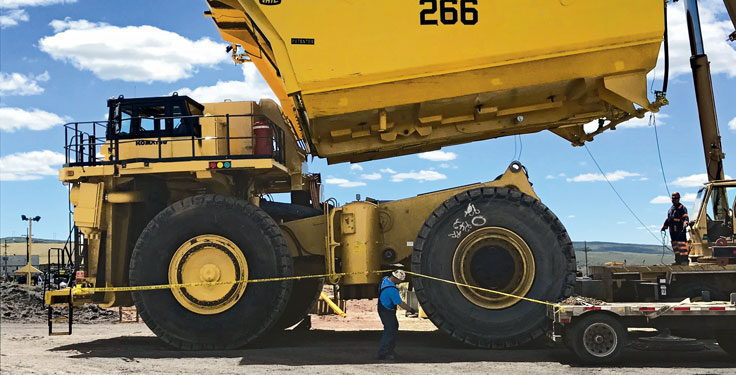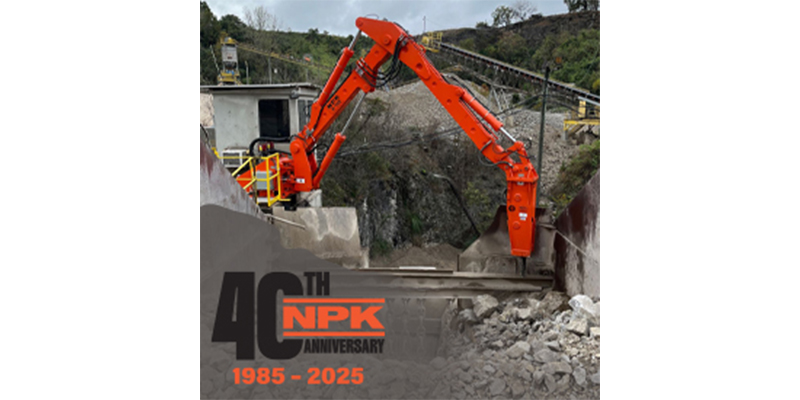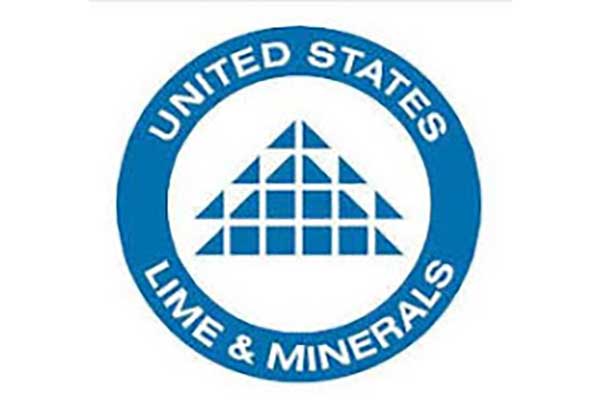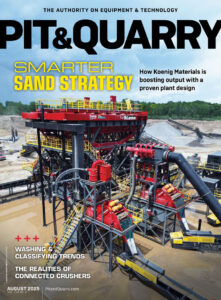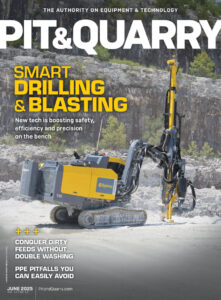Equipment wears over time and tends to slow down as its hours increase.
This is bound to happen to every machine. But when equipment becomes less efficient, so does an operation.
When it comes to off-highway haul trucks, there are alternatives to getting rid of a truck entirely through an auction or trading toward another piece of equipment. Instead, an operation can repurpose a haul truck to extend its useful life and find new efficiency for the machine by converting it from a material hauler in a primary fleet to a water truck.
Converting an aging haul truck to a water truck not only lengthens its operating life, but it transforms one into a productive asset for dust control jobs. As such, a conversion reduces the expense associated with keeping dust below required thresholds, extending its lifespan and aiding in sustainability goals.
With the right water tank, operations can turn an aging, less-productive material hauler into a highly efficient water truck for years to come. Of course, it’s important to understand why a truck can continue to haul water after it’s reached the end of its useful life hauling material.
Extending truck life
One of the main reasons haul trucks can have an extended life as a water truck is the reduced overall burden on the vehicle.
Filling a water tank is significantly easier on a truck, causing much less impact than loading a dump body with large rocks and other heavy materials.
Production hours play a part, as well. Trucks designated for material hauling accumulate around 8,000 hours per year. As they approach the 50,000-hour mark, they become less efficient from years of heavy-duty hauling.
Water trucks, on the other hand, typically accumulate 2,000 to 3,000 hours per year, as the everyday demands on the truck are not as high.
Loading a truck with water instead of hard materials – combined with fewer operational hours – is a recipe for an extended truck life. If the machine is still in decent shape when converted to a water truck, it’s reasonable to expect the truck to comfortably surpass 50,000 service hours.
A third part of the longer-life equation is opting for a water tank that’s engineered and constructed for longevity. Water tanks built with high-strength 450 Brinell steel require minimal maintenance and can last for decades. With durable steel and meticulous engineering, some water tanks can last for 25-plus years.
Additional design considerations will maximize a water tank’s efficiency in its new role in dust control.
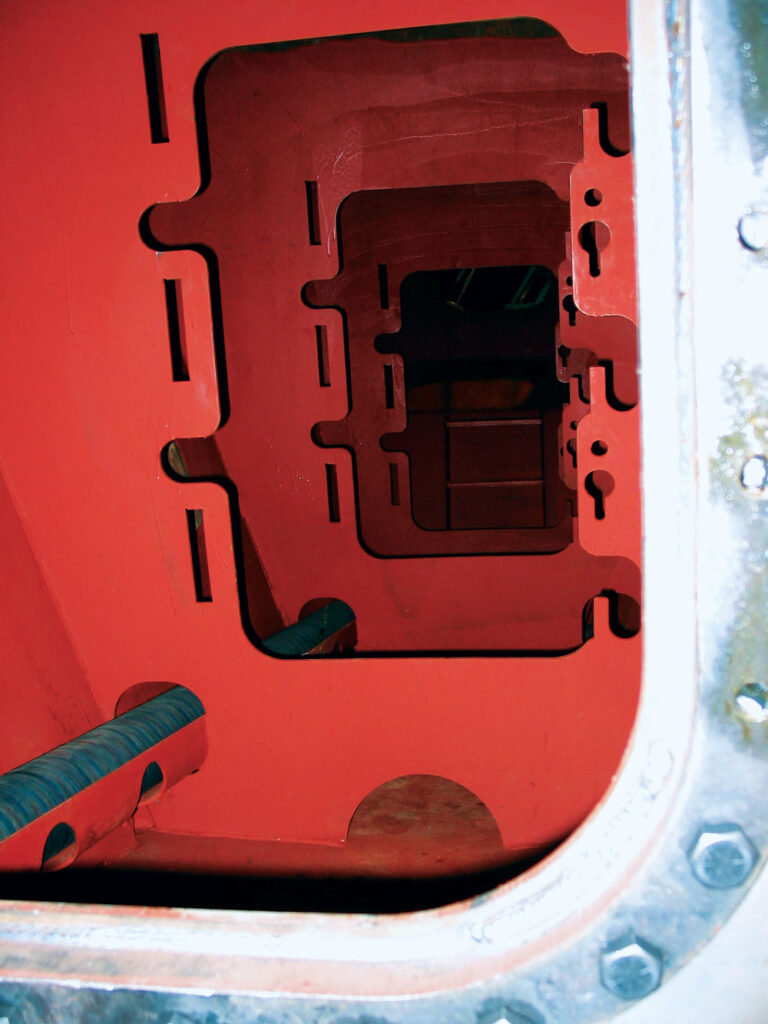
Why tank design matters
Dust control is a process that must be managed daily, and the proper water tank solution helps operations be as efficient as possible to minimize the associated cost.
At first glance, it might seem like a water tank is a water tank – without much in the way of design differences between them. It is, however, important to be mindful of tank design when converting a haul truck to a water truck.
Rounded water tanks are the most common and certainly get the job done – but not without hurdles. The curved sides raise the water’s center of gravity, making the truck less stable when navigating haul roads.
The absence of corners, edges and obstructions to slow the water’s momentum also contributes to water churning, posing a safety risk for the driver and anyone nearby because the water can shift the center of gravity and make the truck unstable.
To mitigate instability, operators often avoid completely filling tanks, meaning more frequent refills, as well as increased downtime and fuel consumption to travel back to the water source.
Alternatively, water tanks with a square design minimize churning and have a larger capacity by not rounding off the sides of the tank. They also offer enhanced safety features for more stable operation.
Water tanks’ internal baffling plays a critical role in impacting safety and efficiency. Baffles within the tank help to minimize water surging during movement. Nearly all water tanks feature baffles, but many have large holes cut out to allow maintenance personnel access to the tank’s compartments. These openings allow water to surge between compartments, increasing the risk of the truck tipping or getting into another type of accident.
To minimize surging and increase stability, some tanks are designed with water control systems that utilize baffling, running from floor to ceiling and along the complete length and width of the tank to fully compartmentalize the water. Within the outer components, some manufacturers also install side-surge stabilizers along the walls to prevent water from rolling or churning.
For ease of maintenance, look for a water tank that incorporates both baffle doors and external doors. When the tank is empty and needs service, external doors give technicians easy access to the inside of the tank and provide fresh air and natural light throughout the tank. Baffle doors allow technicians to easily walk through without the need to crouch during maintenance, and they provide access to multiple compartments – minimizing their work in confined spaces.
Water tanks with elements to increase safety – both while operating and during maintenance – are factors an operation should explore when considering water truck conversion.
How a conversion works
So, a decision has been made to retire an off-highway haul truck into a water truck. Now what?
Some manufacturers custom engineer each solution, which can take some time but guarantees the best-fitting water tank and that it addresses specific operational needs. Operations need not worry about lengthy installation when the tank is on-site, however, as the process can take less than two days.
First, an installer removes the old truck body and, in some cases, may also have to remove hoist cylinders. The water tank is then placed onto the chassis, shimmed for proper alignment and tightened. The control box in the cab is then replaced while electrical connections are made.
Now, the operation is ready to efficiently tackle dust control with its “new” water truck.
Long-term solution
Though no longer optimal for productively hauling material, converting an aging haul truck into a water truck can give a machine a new lease on life and provide a pathway to a safer, more efficient dust control solution.
So, rather than retiring that used truck, consider the alternatives and the opportunity to continue to use an existing asset in a new role in the support equipment fleet.
Josh Swank is chief growth officer at Philippi-Hagenbuch.

